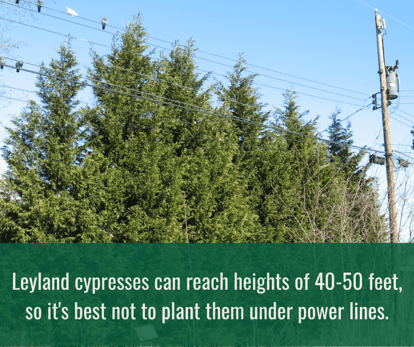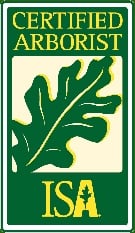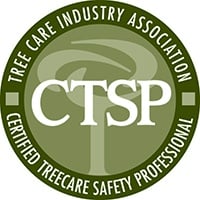With fall officially underway, you may be thinking about planting some new trees in your yard. (If you're not, here are a few reasons why you should be.)
If you're looking for trees that would make for good hedges for your Charlotte, NC property, the Leyland cypress may come up in your research. These trees are relatively cheap, and since they're evergreens, they have the potential to provide privacy and color year-round. But their biggest selling point is their fast growth.
You may be thinking, "Great, a fast-growing tree is exactly what I need!" But before you set your heart on a row of Leyland cypresses, learn a little bit more about this potentially troublesome tree!
Planting a Leyland cypress in the wrong place could spell disaster
When planting a new tree, it's important to consider how big the tree will be at maturity. In central NC, Leyland cypresses can grow 20-25 feet wide and 40-50 feet tall when placed in the right conditions.
One of the reasons why problems arise with Leyland cypresses is because they are often planted too close together. They don't have any room to breathe! These trees need air circulation so that their branches and leaves can dry off. Otherwise, disease could set in.
Planting Leyland cypresses too close to one another also makes it easy for pest and disease infestations to spread from tree to tree. If one tree starts going brown from the branch dieback associated with root rot and fungal infestations (which are common with Leyland cypresses), it won't take long for the whole row to follow suit. Leyland cypresses are also susceptible to bagworm and spider mite infestations, by the way.
If you are planting these trees, be sure to keep their ultimate size in mind and place them at least 10-15 feet apart. They'll also need to be planted in places that get full, all-day sun. They thin out badly when planted in the shade, which will defeat the purpose of using them for screening. They also do best in well-draining soil—soil that is too wet or too dry can stress them out, and a stressed tree is more susceptible to disease.
And since they can grow to be very tall, don't plant them under any power lines.

When fast growth works against you
As we said, part of the Leyland cypress's appeal is its fast growth. They've been known to grow 3-4 feet tall and 2-3 feet wide in just one year. The downside of this fast growth rate is that you'll need to prune your Leyland cypresses every year to keep them at hedge height.
What's more, Leyland cypress trees have shallow root systems. Shallow root systems plus fast growth makes these trees more likely to fall over in strong winds, especially when the soil becomes saturated.
Instead of a Leyland cypress, go with one of these trees
Unfortunately, because of the issues discussed above, sometimes removal and replacement is the best course of action for problematic Leyland cypresses.
That's not to say you should never plant a Leyland cypress. If planted in a sunny, well-draining location with plenty of room to grow, your Leyland cypress could do well. If you're still thinking about using this species as a hedge or screen, mix in some other tree species to reduce the chances of diseases or pests infesting your entire row of trees.
If you'd rather avoid the issues that may come with Leyland cypresses, we don't blame you. Plenty of other trees make excellent hedges and screens. Arizona cypress trees have a tall, narrow form, and they're good options for dry sites that get full sun. Japanese cedars can be used as screens in partly shady areas. Southern magnolias have tall, narrower cultivars that can make great screens while brightening up your property with beautiful flowers.
Are there already Leyland cypresses on your property that are in decline? Turn to a tree care professional to learn about your best options. Request a consultation with us today!
Like what you just read?
Then you'll love this: These 7 Trees are Made for the Shade
Leyland cypress photo courtesy of Richard Webb, bugwood.org








